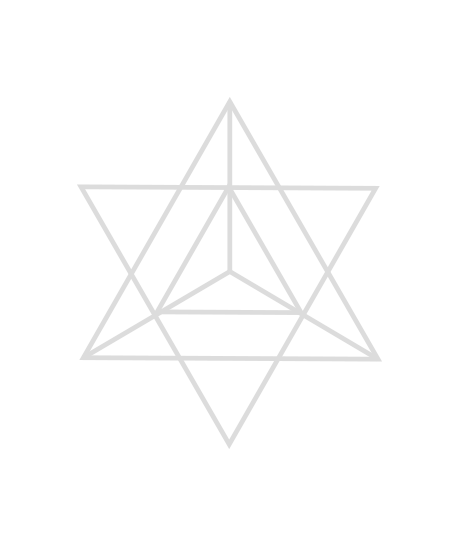
All massage sessions include 1 complimentary add-on. Additional add-ons are $5 each.
Many people find it beneficial to incorporate cold laser treatment with their massage session. It can be used on problem areas to help boost the effectiveness of massage and speed up recovery time. When chosen as a complimentary add-on, I will spot-treat 1-2 problem areas with the cold laser during your massage.
The cold laser I use is FDA-cleared, safe, and painless. It is a high-powered, pulsing cold laser with state-of-the-art multi-frequency emitters. Cold lasers are an effective and non-invasive option for chronic and acute pain; they are able to affect all critical levels of target tissue from superficial down to bone at five inches deep.
The laser creates photonic stimuli that excite the body’s cells, infusing them with energy. This results in 3 primary reactions are- reduction of inflammation, cell regeneration, and increased blood flow. These three things are absolutely essential for healing.
WHO CAN BENEFIT FROM COLD LASER? :
Many people will find benefit from cold laser treatments. Below are some common conditions that could benefit from cold laser treatment:
- ARTHRITIS
- TENDONITIS
- INFLAMMATION
- NERVE PAIN
- CHRONICALLY CONTRACTED MUSCLES
- CERVICAL PAIN
- TMJ PAIN
- ROTATOR CUFF + SHOULDER INJURIES
- TENNIS ELBOW
- GOLFER’S ELBOW
- CARPAL TUNNEL PAIN
- WRIST PAIN
- LUMBAR PAIN
- HIP TENDONITIS
- KNEE SPRAIN
- ACHILLES TENDONITIS
- CALCANEAL SPUR
IS COLD LASER SAFE FOR EVERYONE?
Although no known detrimental risks exist from low level light therapy, potential unknown risks may exist. There are no known and / or published adverse effects, however the following contraindications are recommended since there are no long term evaluations on these conditions. Cold laser is not recommended for those with:
- PACEMAKER
- DEFIBRILATOR
- ELECTRICAL STIMULATOR
- ACTIVE CANCER
- PREGNANCY
WHAT TO EXPECT DURING YOUR SESSION:
Different wavelengths and outputs of low-level light are applied directly to an area, using a hand held device. While cold lasers can affect tissues at a very deep level, you will experience no pain during the session.
What people feel is typically very subtle- perhaps a very mild sensation similar to an electrical TENS unit which is on the lowest setting. Some people feel nothing at all, but after the session will notice that they have diminished pain, and an overall feeling of increased relaxation in the area that was previously tight and uncomfortable. For chronic and acute issues- more than one session will be needed to eliminate the issue.
WHAT IS THE COLD LASER ACTUALLY DOING? :
The molecular and cellular mechanisms of low level light therapy suggest that photons are absorbed by the mitochondria. They stimulate more ATP production and low levels of ROS which stimulate cellular proliferation. The release of Nitric oxide in low amounts is another beneficial effect of cold laser treatment.
“During LLLT, photons from the laser affect the tissue at the cellular level. The laser enters the tissue, adjusts cell membrane permeability, and is ultimately absorbed by the mitochondria. The physiological changes and benefits of LLLT as they relate to sports injuries and injury prevention can include:
- Rapid cell growth. The laser speeds up cellular reproduction and growth.
- Quicker recovery by simulating the development of fibroblast in damaged tissue.
- Higher metabolic activity. LLLT supports increased output of specific enzymes in the body, greater oxygen to blood cells and a stronger immune response.
- Lower fibrous tissue formation. The laser can lower the amount of scar tissue that forms following abrasions, cuts, or surgical incisions.
- Anti-inflammatory response. LLLT can lower the swelling caused by bruising or inflammation in the joints. This helps improve mobility.
- Increased vascular activity. LLLT stimulates lymph and blood circulation, which helps support circulation in affected tissue.
- Stimulated nerve function. LLLT can speed up the process of nerve cell reconnection, which helps to stimulate numb areas around injuries back to life.”
[Resources listed at bottom of page]
Resources:
https://www.ncbi.nlm.nih.gov/pmc/articles/PMC4291815/
https://www.ncbi.nlm.nih.gov/pmc/articles/PMC3799051/
